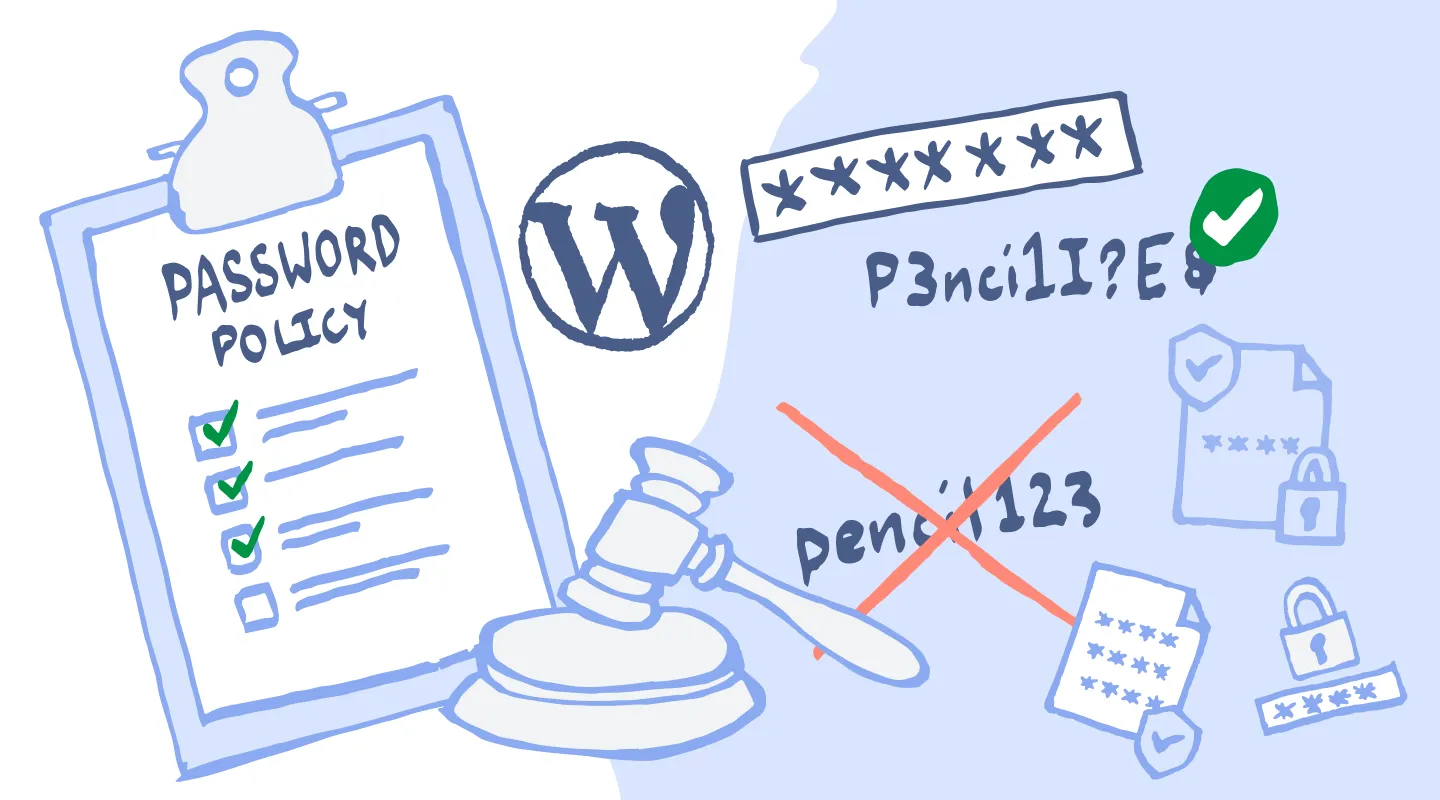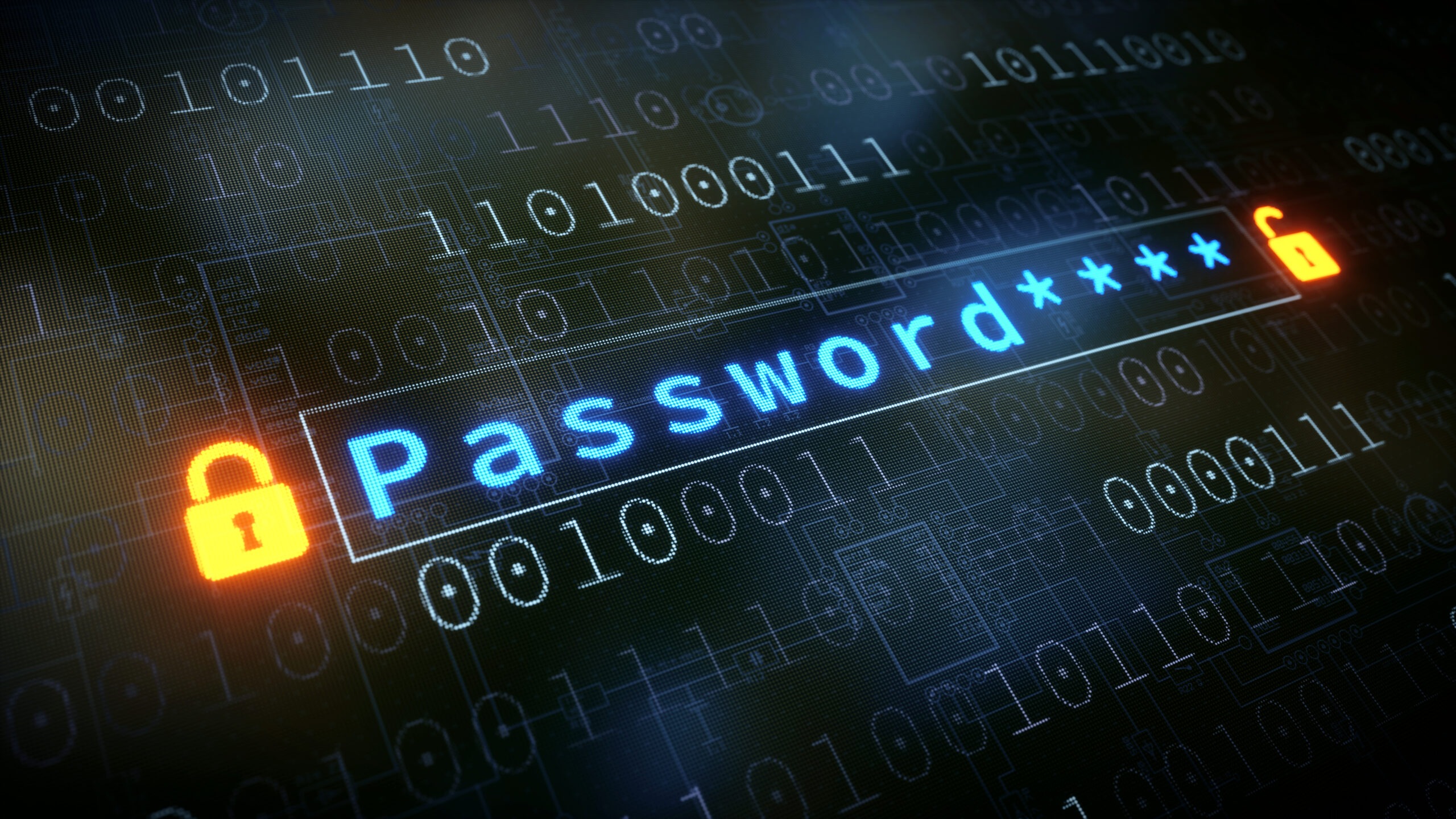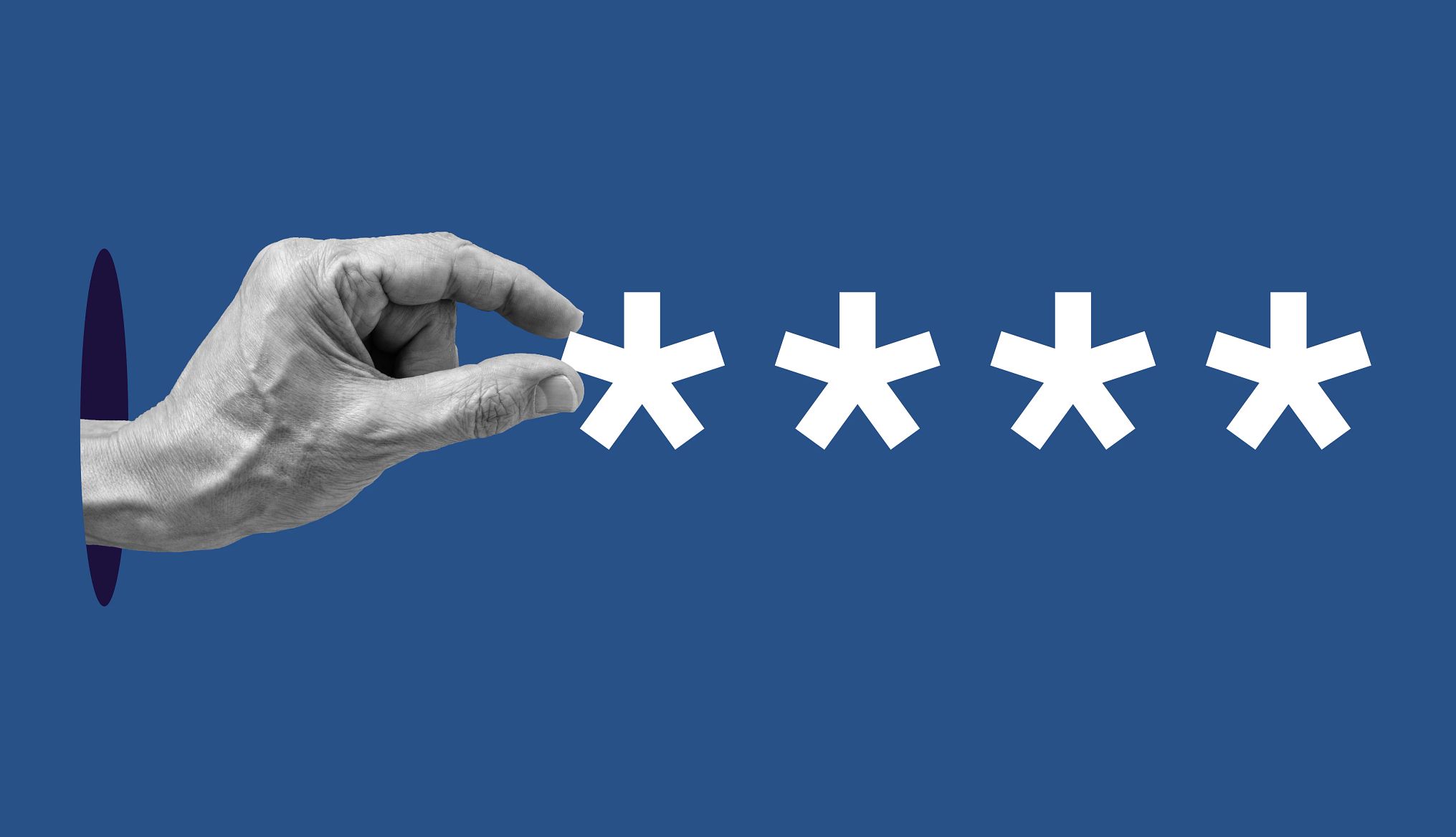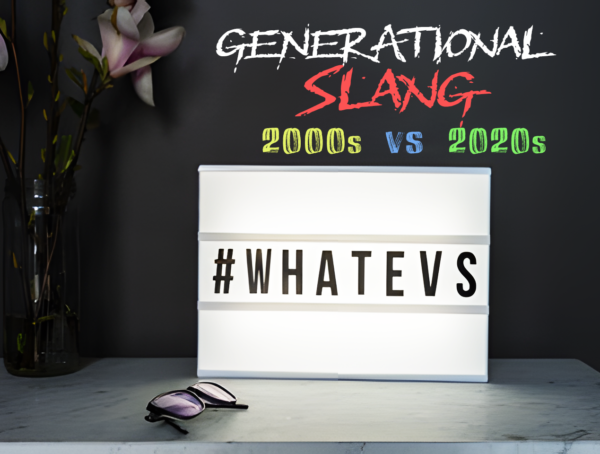The Forgotten Foundation of the Digital World
In 2025, our digital lives have become so frictionless, so automated, so dependent on facial scans and fingerprint sensors, that we’ve started to believe passwords no longer matter. It’s a seductive illusion, the idea that biometrics, two-factor authentication, and device recognition have rendered the humble password obsolete. And yet, behind that glossy surface, passwords remain the silent sentinels of almost every system we depend on. Your bank, your email, your cloud storage, your insurance portal, even your smart fridge, all of them still rely on passwords as the default gatekeeper.
This presents a strange duality. On one hand, we’ve never had more sophisticated tools to secure our information. On the other, the average person is still relying on memory, habit, and guesswork to secure their most sensitive data. It’s a fragile arrangement, and one that is failing at scale.
A 2024 study revealed something most of us already suspect: 78% of the world’s most used passwords can be cracked in under one second. In America, the most common password wasn’t a cryptographic enigma, but simply the word “secret.” Just secret. In a world where teenagers train AI to generate deepfakes, adults continue to guard their financial futures with the same password they used in 2007, or a slightly modified version of it. We have biometric unlocks and military-grade encryption on our phones, and yet the password behind the lock screen is often just a recycled pet name with a number tacked on the end.
This is not the future we were promised. But more importantly, it’s not a failure of individuals. It’s a systemic mismatch between how humans remember and how password systems were designed to function.
Complexity by Design, Confusion by Default
Let’s consider what the modern password environment actually demands from you. On any given website, you’ll be asked to create a password that is at least eight characters long, ideally twelve to sixteen. You must include uppercase and lowercase letters, at least one number, and at least one special character. Symbols like !, @, #, and $ are accepted, while others like \ , ‘ , or “ are often rejected with no explanation. Some systems will reject passwords that contain any part of your name or username. Others will prevent you from reusing your last five passwords. Occasionally, you’ll encounter systems that insist you change your password every 90 days, just to keep things exciting.
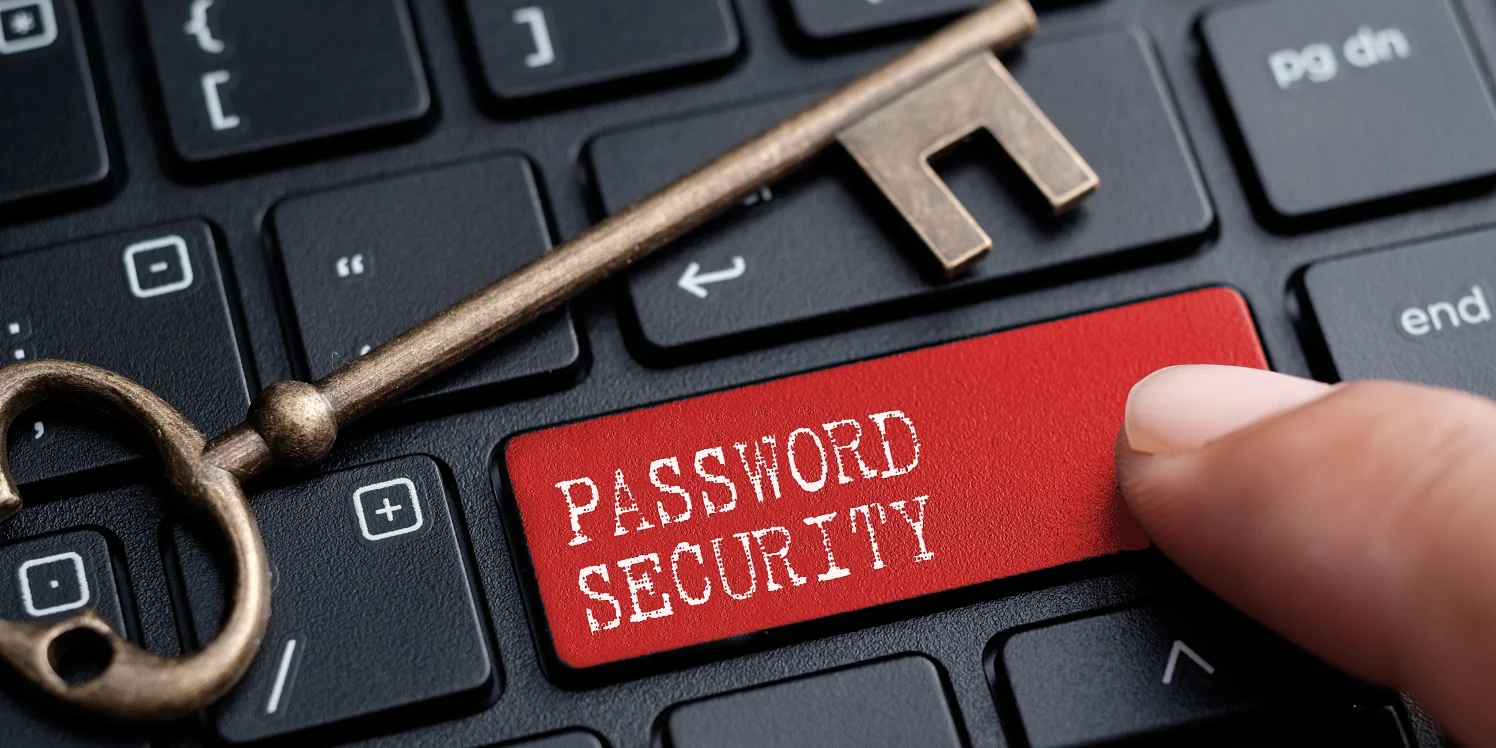
This patchwork of requirements is presented to the user as if it were gospe, as if entropy were the only measure of password strength, and as if any deviation from these norms were evidence of laziness. But what’s rarely acknowledged is how arbitrary much of this advice is. A password like P@ssw0rd1! technically meets all of these requirements, but it’s also one of the most common formats use, and one of the easiest to guess by an attacker running a basic AI model trained on leaked data. Complexity, in the abstract, does not equate to security. Especially not when that complexity is implemented in predictable ways.
The assumption embedded in these rules is that users will act randomly, that given a set of requirements, people will produce strong, diverse passwords from scratch. But of course, they don’t. Because humans are not randomness engines. We’re pattern-makers. Habitual creatures. Biological machines trained through repetition and association. Ask anyone to memorize twenty unique passwords made of gibberish, and they will fail, not because they’re incompetent, but because that task is fundamentally incompatible with human memory systems.
How Passwords Are Stored in Your Brain (Or Not)
The failure isn’t cognitive, it’s architectural. Password systems rely on what cognitive scientists call declarative memory: the conscious recall of specific facts or sequences. This is the same system you use to remember phone numbers, historical dates, or your cousin’s middle name. It’s powerful but brittle. It degrades quickly under stress, and it’s easily overwhelmed when tasked with juggling dozens of similar but slightly different strings.
By contrast, procedural memory is your brain’s secret weapon. It’s how you remember how to ride a bike, type without looking, or play a chord on a guitar. It’s stored deeper in your neural architecture, not as conscious knowledge, but as behavior encoded through movement. It’s the reason why you might forget the name of your childhood friend but still remember the key sequence to log into a game you haven’t played in ten years.

What this tells us is simple: if passwords could be encoded into procedural memory, through rhythm, motion, and repetition, they would become more durable, more secure, and more human-compatible. Fortunately, this isn’t just a theory. It’s already happening.
The Cluster Method: Typing in Shapes, Not Characters
This brings us to one of the most quietly revolutionary ideas in personal security: cluster passwords.
Instead of choosing a password based on words, dates, or names, cluster passwords are based on keyboard geography. Imagine tracing a pattern down your keyboard: 1qaz2wsx3edc. To an observer, this appears completely random. To you, it’s a smooth, flowing motion down the left side of your keyboard: a shape, not a string. Your fingers know it. Your conscious brain doesn’t have to.
Another example: plmoknijb. It’s the right-hand side of your keyboard, typed in a descending loop. Again, not a word. Not in any dictionary. And yet your hand will remember it far better than X$92pL@8, because it is spatial, repeatable, and performed rather than memorized.
These passwords have surprising security benefits. They’re long. They use the full character space. They’re non-dictionary and non-predictable unless widely reused (which is, admittedly, a risk if you just copy these examples verbatim). And most importantly, they’re easy to enter with speed and accuracy.
For the user, it transforms the task of login from a test of memory into a brief, unconscious performance. Like a digital signature.
Building a Password System That Works for You
What we need isn’t a better password policy. We need a password system; a method that blends muscle memory with logic, consistency with uniqueness.
Here’s a framework anyone can follow:
1. Choose a Base Cluster
Pick a spatial pattern you can type without looking: 1qaz2wsx, plmoknijb, or your own custom dance across the keys.
2. Add Structural Variation
Append two to four additional characters to meet symbol, number, and case requirements: something like 3Edc, !@, or #Zx.
3. Introduce a Site-Specific Tag
Finish with a short code unique to each service: -Gm for Gmail, @Sp for Spotify, Fb_ for Facebook. It makes each password different without needing to remember a completely new string.
The result might look like: 1qaz2wsx3Edc!@-Gm. That’s sixteen characters. It contains lowercase, uppercase, numbers, and symbols. It looks like noise to a machine. But to you, it’s a pattern. One you can perform, not just remember.
Why This Method Works (And What to Watch Out For)
From a machine’s perspective, these passwords are high-entropy gibberish. From your perspective, they’re familiar sequences like a well-rehearsed piano piece. This is the sweet spot: complexity without chaos, security without forgetfulness.
That said, the system is only as strong as your commitment to practice. If you rely solely on mental recall, you’re back in the old paradigm. But if you train your fingers, through repetition, rehearsal, and refinement, the password becomes part of your muscle memory. You’ll find yourself typing it fluently even when your mind is tired or distracted.
And yes, some widely shared patterns like qazwsxedc have entered cracking dictionaries. So don’t copy popular examples. Invent your own spatial motif. Make it unpredictable, not through randomness, but through uniqueness of shape.
The Future Is Passwordless: But Not Yet
Many companies are pushing for a passwordless future. Apple, Google, and Microsoft are investing in passkeys, biometric logins, and cryptographic tokens. It’s a noble goal, and a promising one. But the infrastructure isn’t there yet, not universally, and not reliably.
In the meantime, we still rely on passwords as the foundational layer of identity. And for that reason, building a personal password system isn’t just a stopgap. It’s a necessary skill in the present and a smart investment in the future.
Memory Is Not the Problem
The problem was never that you were bad at remembering. The problem was that you were expected to remember meaningless strings with no logic, no rhythm, and no respect for human cognition.
Passwords should be hard to guess, not hard to remember.
And the best ones aren’t remembered at all, they’re rehearsed, performed, and embodied.
You already have the tools to make this shift. Not a password manager. Not a vault. Just your hands, your habits, and a system that respects how you actually think.
Password Strength & Entropy Calculators
Password Strength Tester
This tool evaluates the security of your password by checking key criteria such as length, mix of uppercase and lowercase letters, numbers, and special characters. It assigns a score based on how many of these criteria are met and then translates that score into easy-to-understand labels like “Very Weak,” “Weak,” “Moderate,” or “Strong.” The goal is to give you a quick visual idea of how resilient your password is against common guessing and brute-force attacks, so you can make adjustments to improve its overall security.
Password Entropy Calculator
This calculator measures the unpredictability of your password by estimating its entropy, which is expressed in bits. Entropy represents the amount of randomness and complexity in the password, the more types of characters you include and the longer your password is, the higher its entropy. A higher bit value means your password has a larger pool of possible combinations, making it harder for attackers to crack using automated tools. Essentially, this tool provides a quantitative insight into your password’s strength in terms of security against brute-force attempts.
More from Lifestyle
Juvenoia: Why Complaining About Youth Is a 2,000-Year-Old Trend
Are Kids These Days Really Worse? We've all seen this before! A teenager walks down the street so immersed on the …
When Dr. Seuss Got Dark: The Lost Illustrations [HIGH RESOLUTION]
Take a look at Dr. Seuss' dark and racist drawings in high resolution. The beloved architect of childhood whimsy, the …
The Mechanics of Slang Evolution in the Digital Age
Imagine slang as a living species. In the wild landscape of language, words compete for relevance. Only the sharpest, flashiest, …









